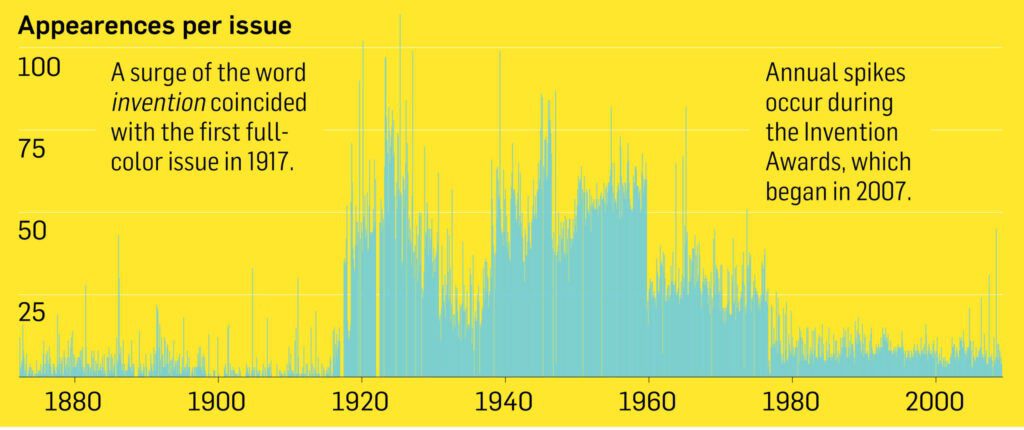As editor in chief of Popular Science, I get asked a lot of questions. Some of them are reasonable: Why is the sky blue? (Molecules in the air scatter blue light more effectively than red.) Some of them are not: Why can’t I communicate with my cat? (Try listening.) But the most persistent question is, What does it take to become a great inventor?
My typical response: If I had that kind of lightning in a bottle, I’d be drinking it myself. Besides good timing and even better luck, it’s hard to pinpoint what makes certain inventors successful. They tend to be creative, exceptionally persistent, and tolerant of risk. But beyond that, they are just people, and people come in all stripes. Tesla and da Vinci were ingenious. Steve Jobs was fastidious and business-minded. Thomas Edison was ruthlessly pragmatic; he was said to have set quotas for himself–a small breakthrough every 10 days and a big one every six months.
The only thing that stands out about successful inventors is that they are exceptionally rare. And one of them is on our cover this month.
In 2007, Bre Pettis, an artist and former schoolteacher, co-founded the hackerspace NYC Resistor. Its members wanted a 3D printer, but the technology, which had been around since the 1980s, was expensive and its application, almost exclusively industrial. A few hackers started working with open-source designs. Pettis partnered with two of them, and they debuted their first consumer product, the CupCake CNC, in 2009. The invention became a business, MakerBot Industries, which Pettis sold four years later for around $400 million. He’s now on to his next project, Bold Machines, a 3D-printing workshop that helps artists and entrepreneurs transition quickly from rough ideas to working prototypes. “We basically accelerate the future,” Pettis says.
The only thing that stands out about successful inventors is that they are exceptionally rare.
Every May, Popular Science publishes the Invention Awards, in which we celebrate the year’s best independent inventions–those scrappy creations born of a garage or workshop, not an industrial lab. Who better to help us assemble that list than Bre Pettis? Together, we dug up some extraordinary awardees, as you’ll notice, and Pettis shared his tips for aspiring inventors. He also graciously helped us 3D print the Popular Science logo on the cover and uploaded the design files to Thingiverse.com so that you can print it too.
No story about invention, however, would be complete without a caveat. Not all those featured will make it. Developing a successful prototype and developing a successful company are not necessarily the same skill. But all the ideas have tremendous potential, as do the inventors behind them. You never know. You just may see one of them on our cover one day.
Enjoy the issue.

A History Of Invention









